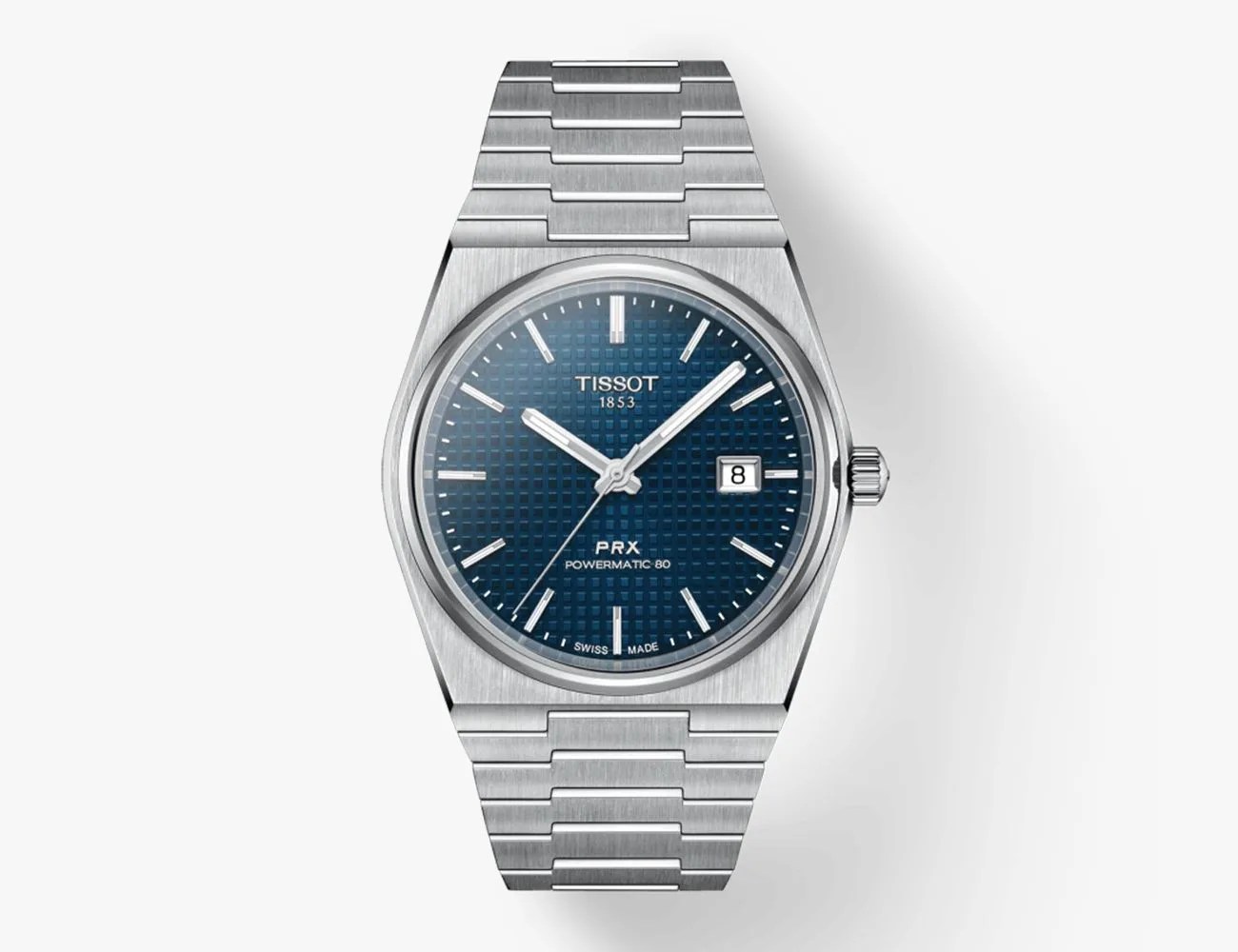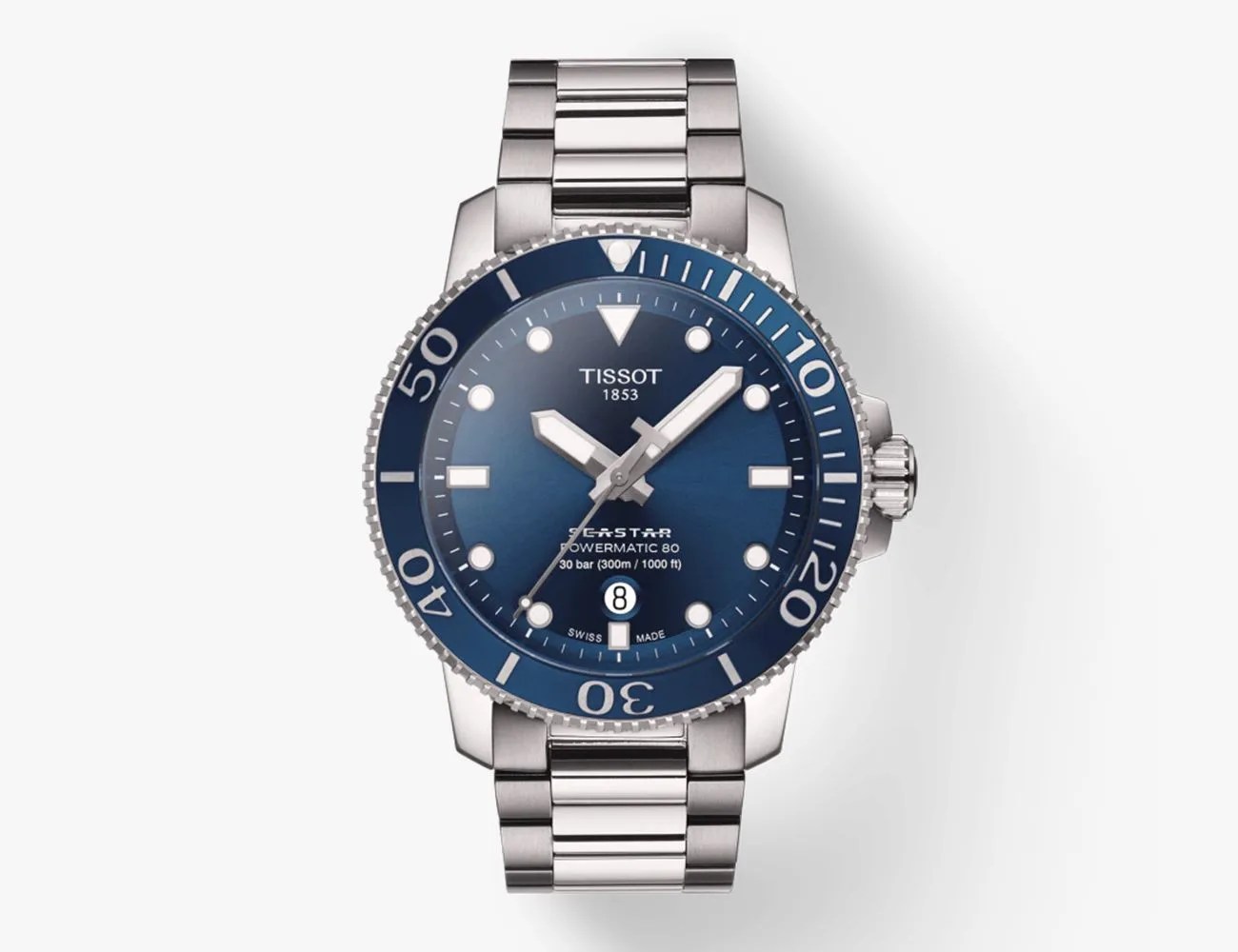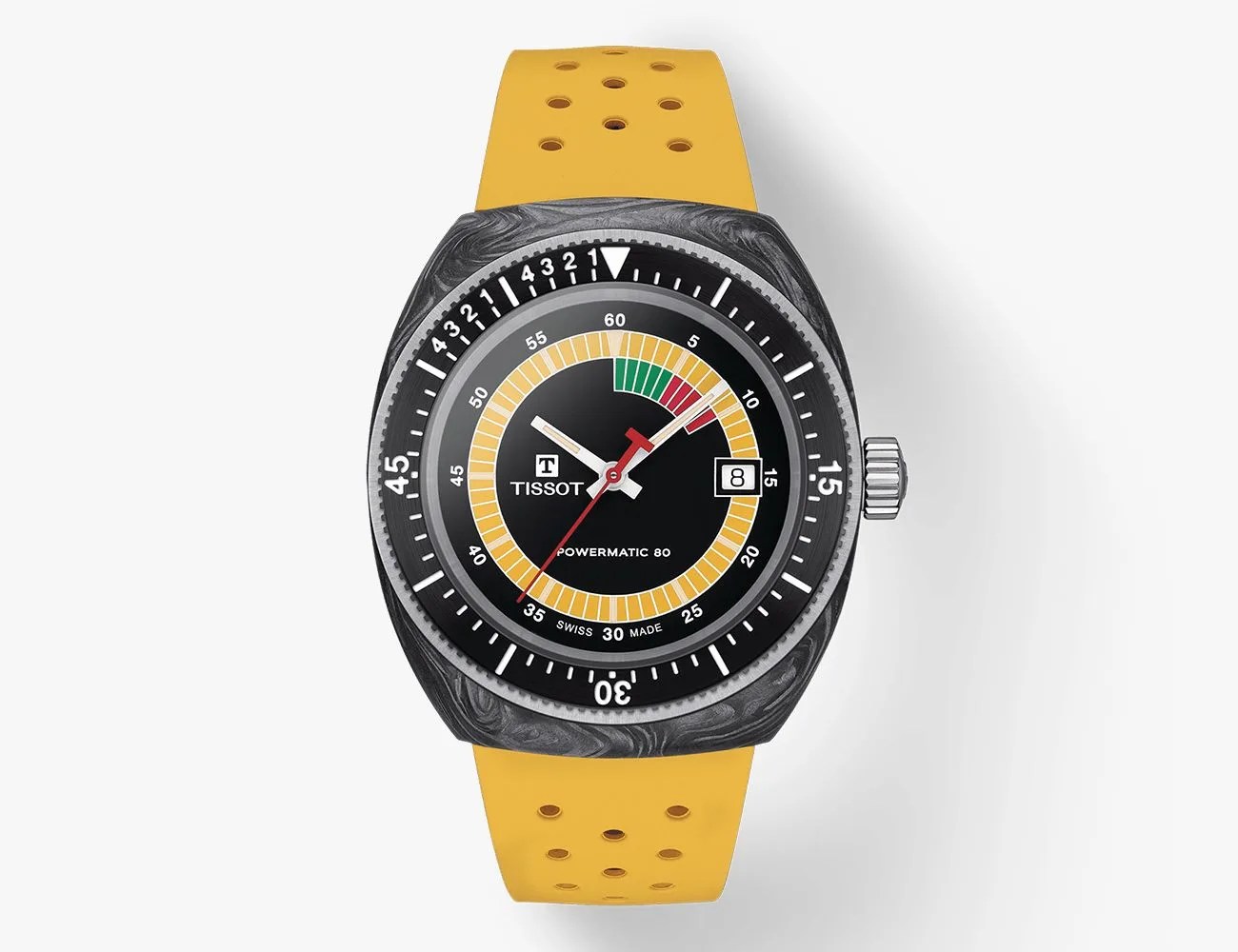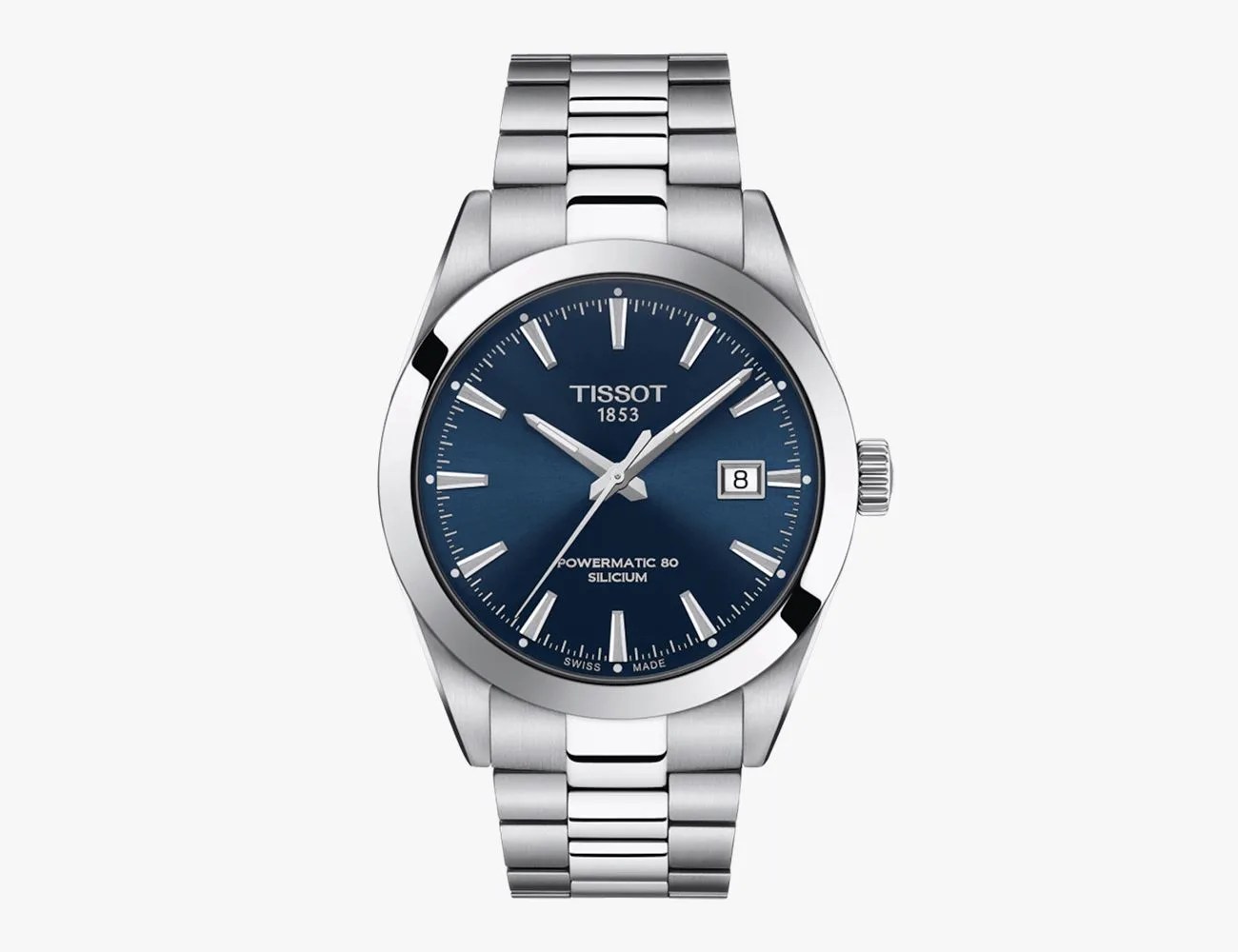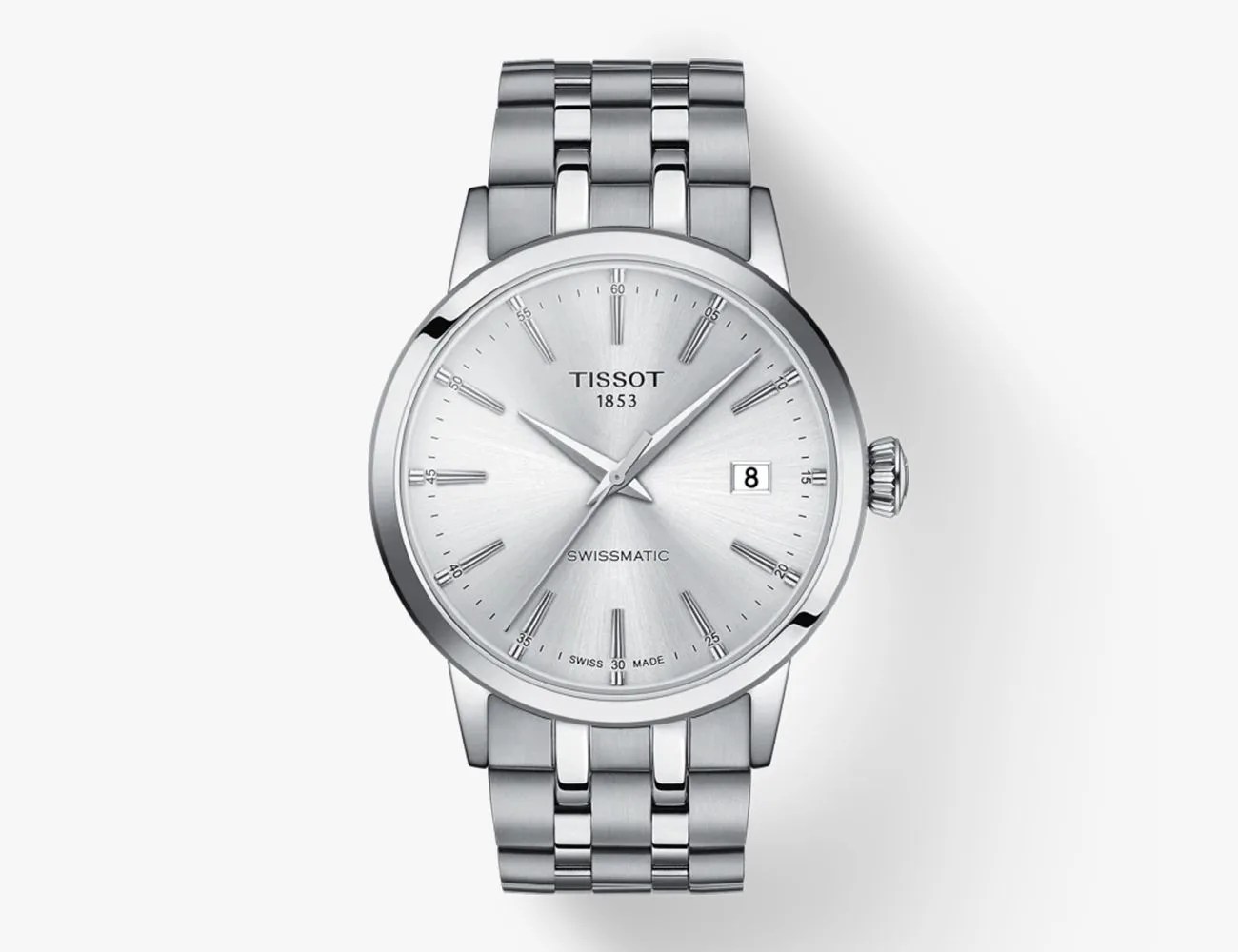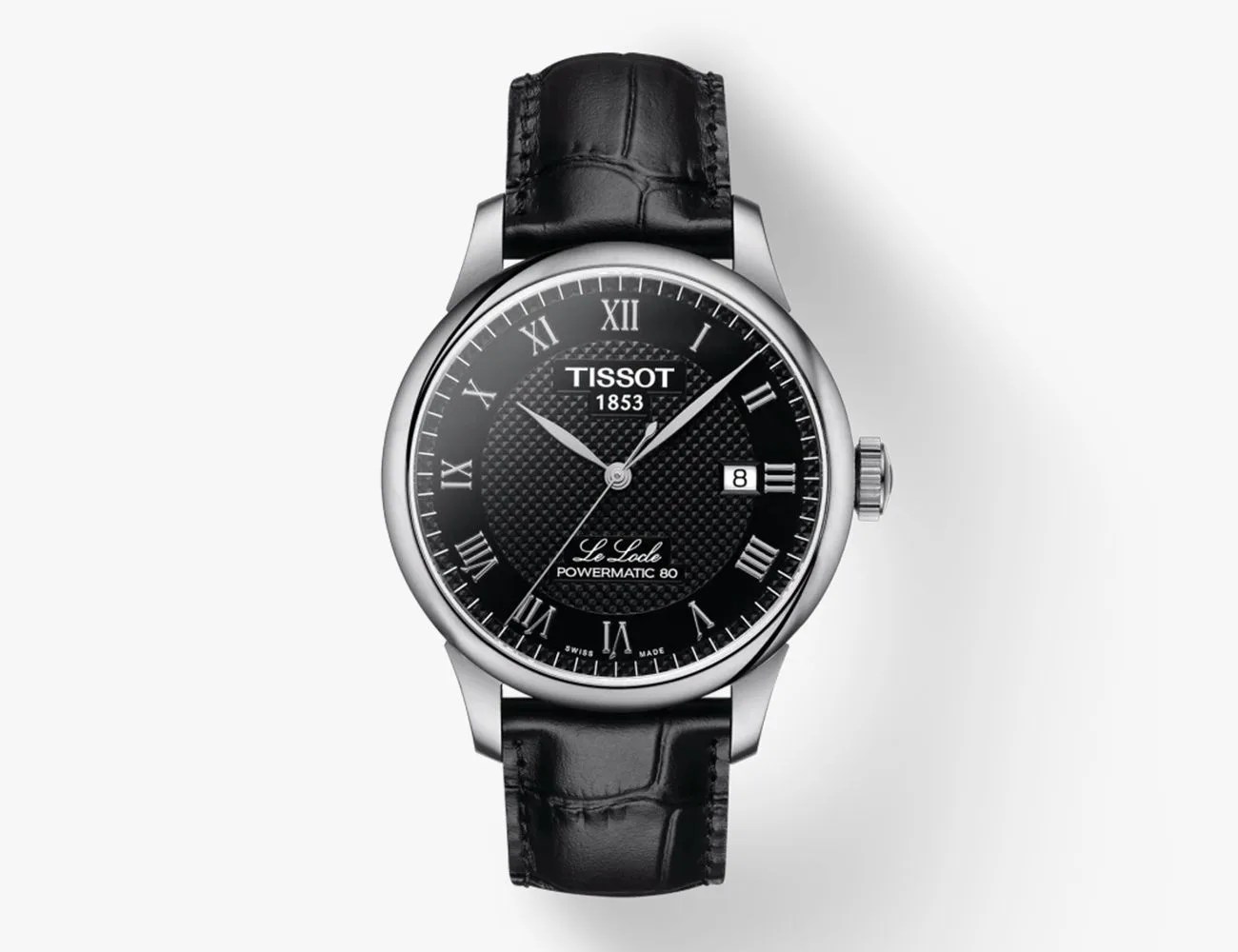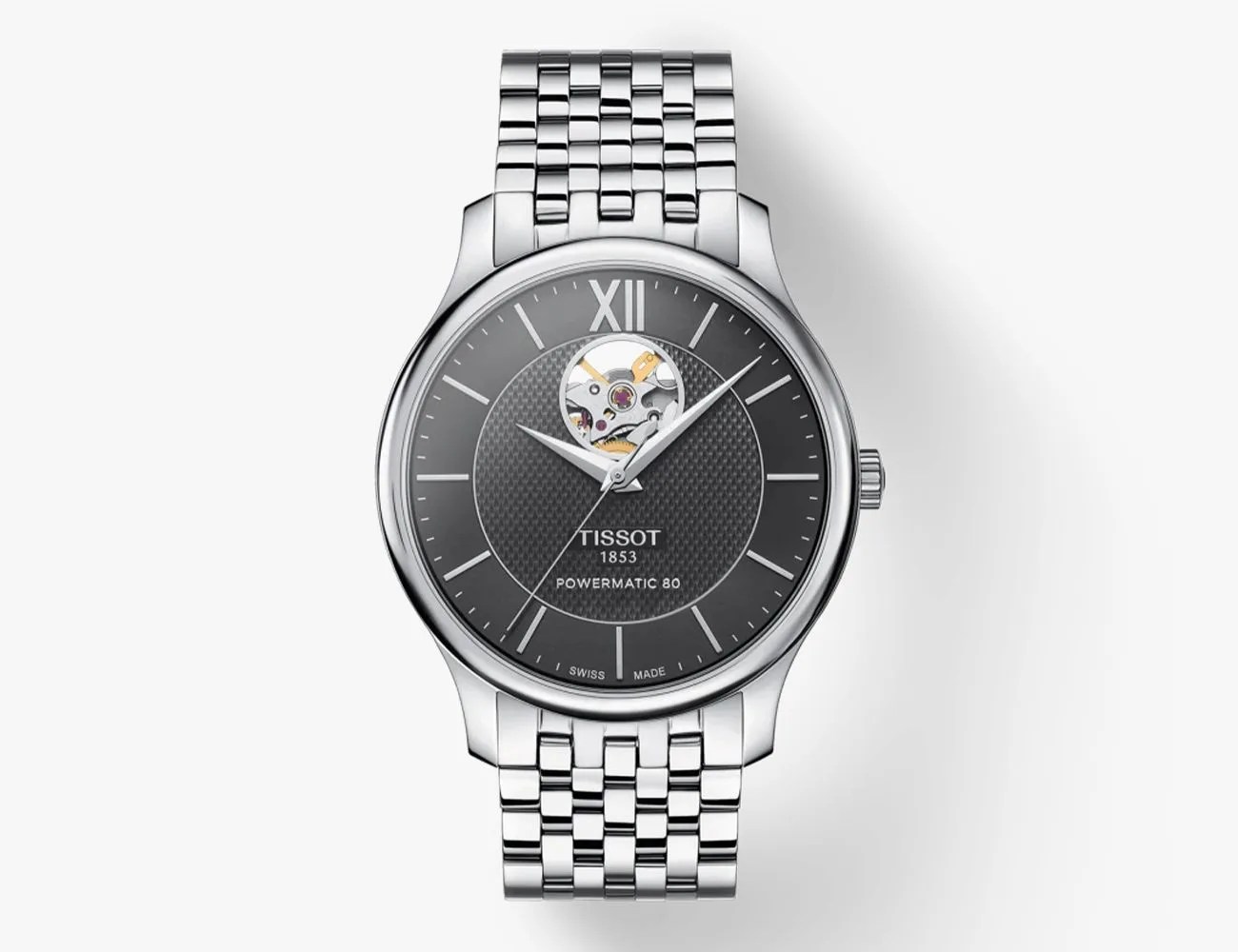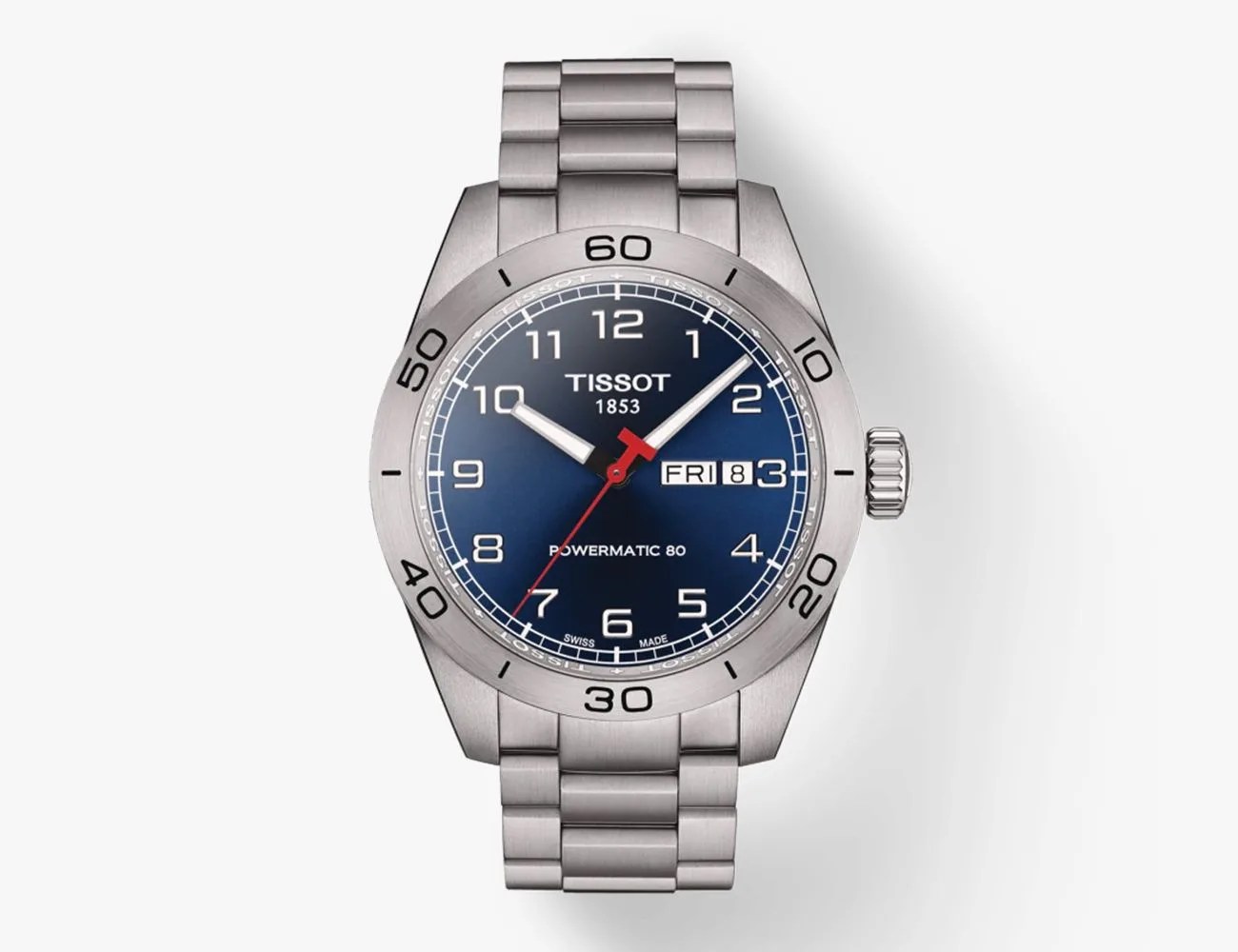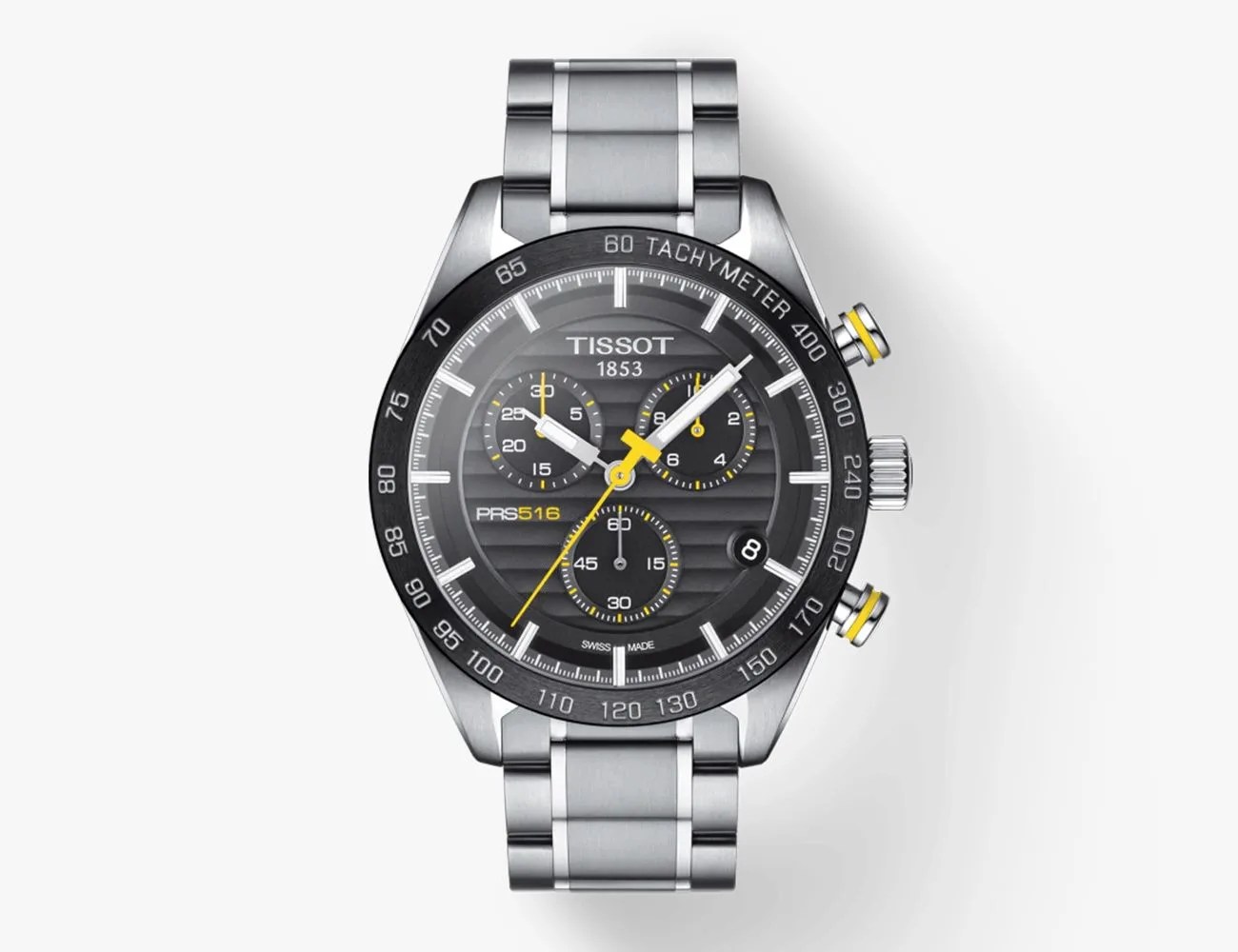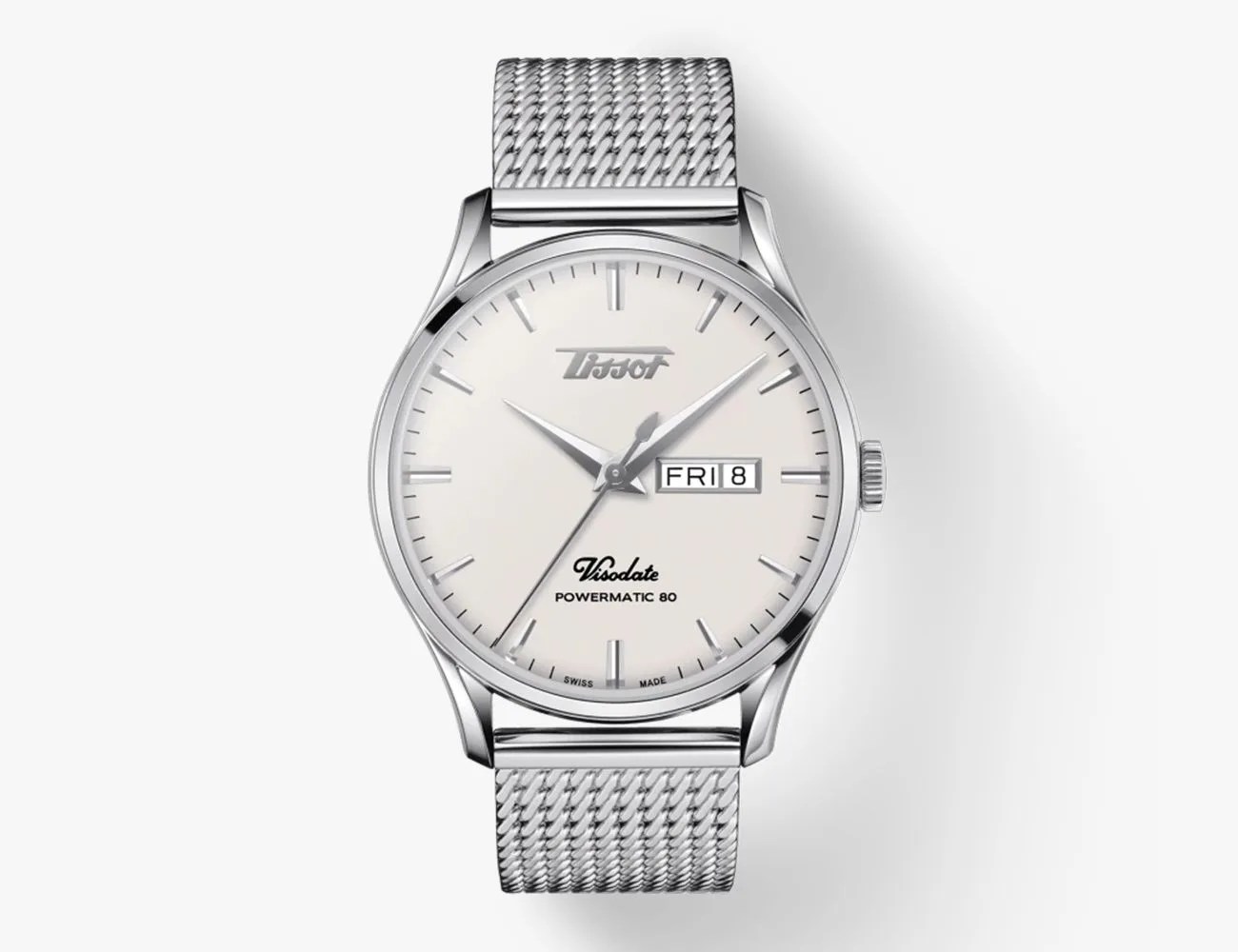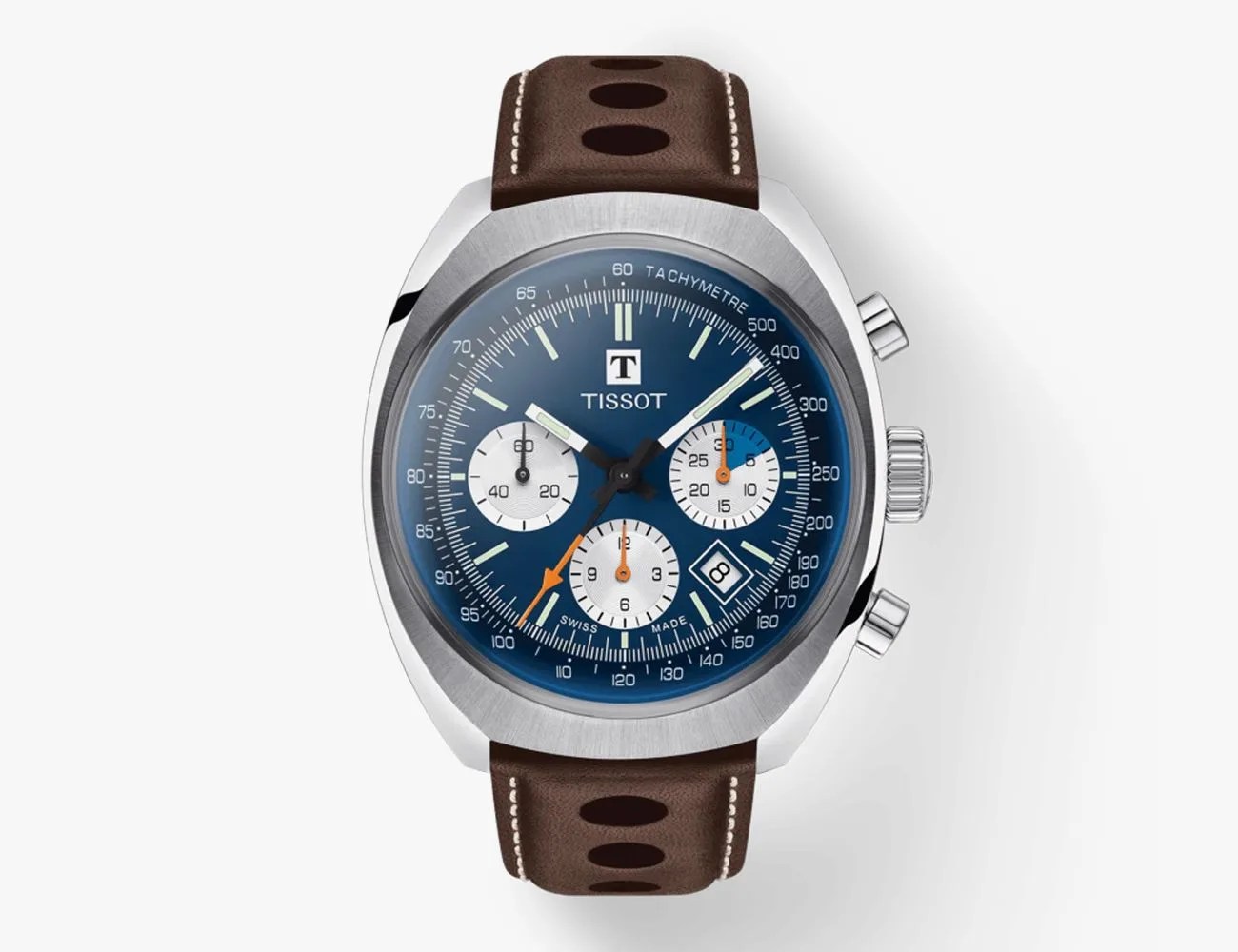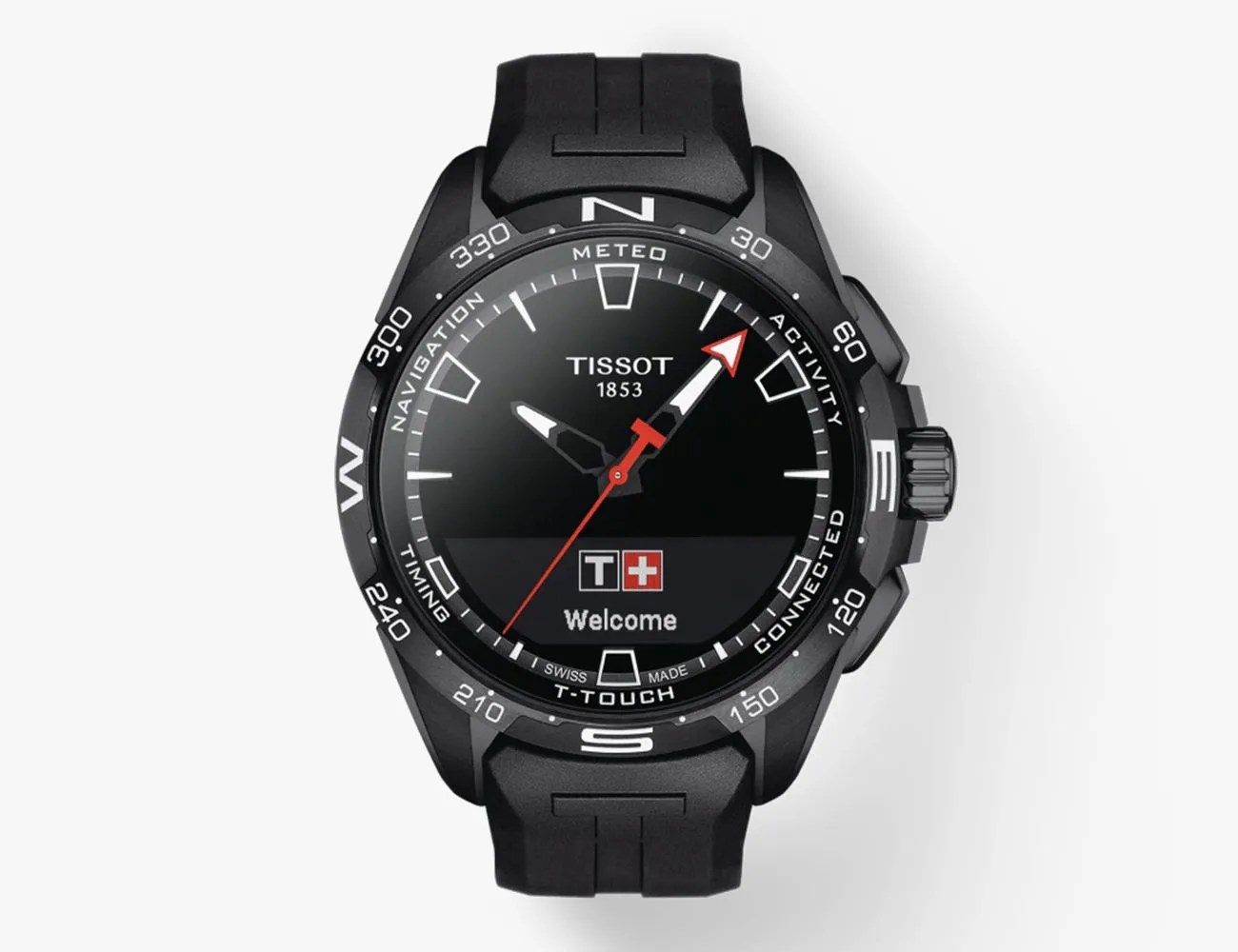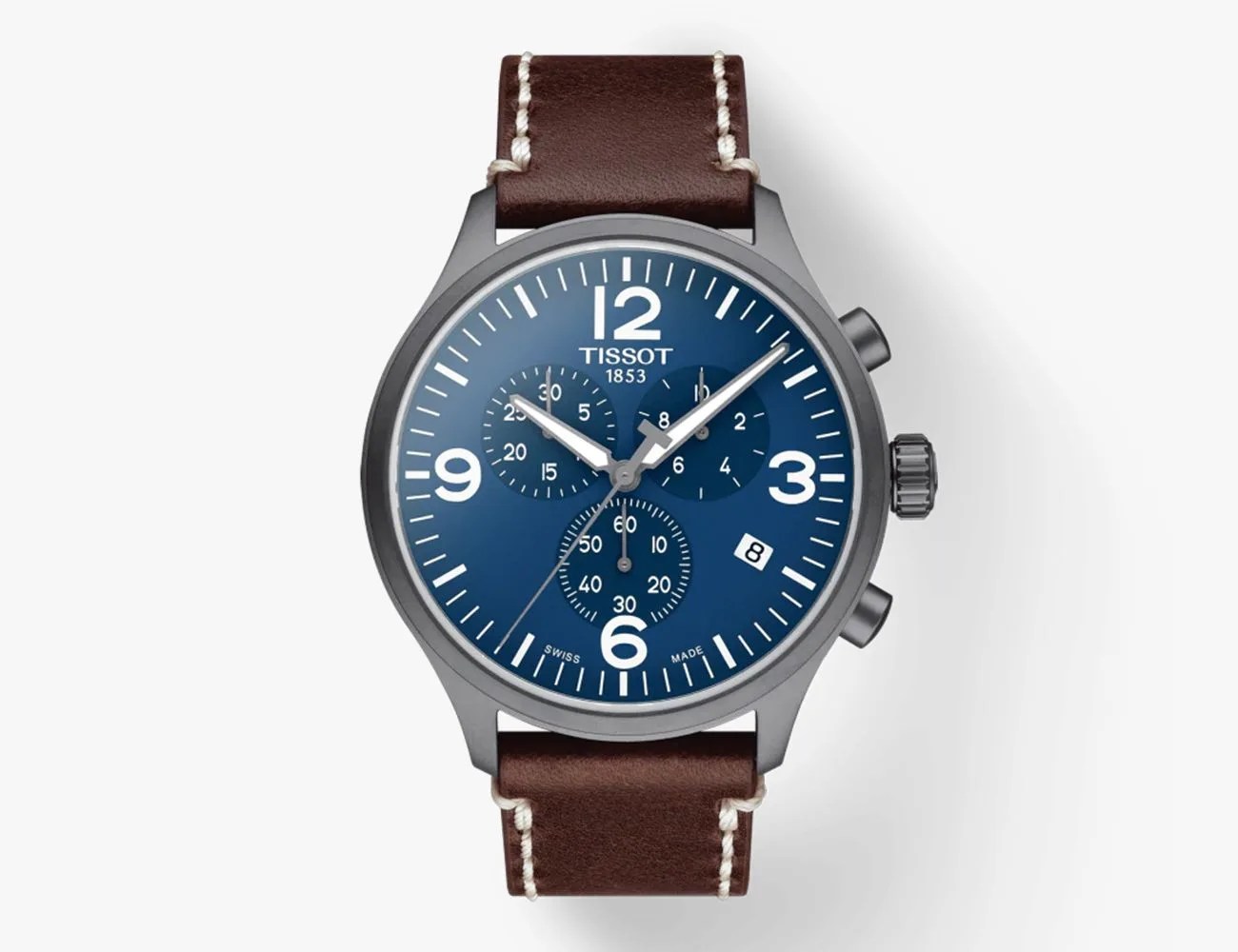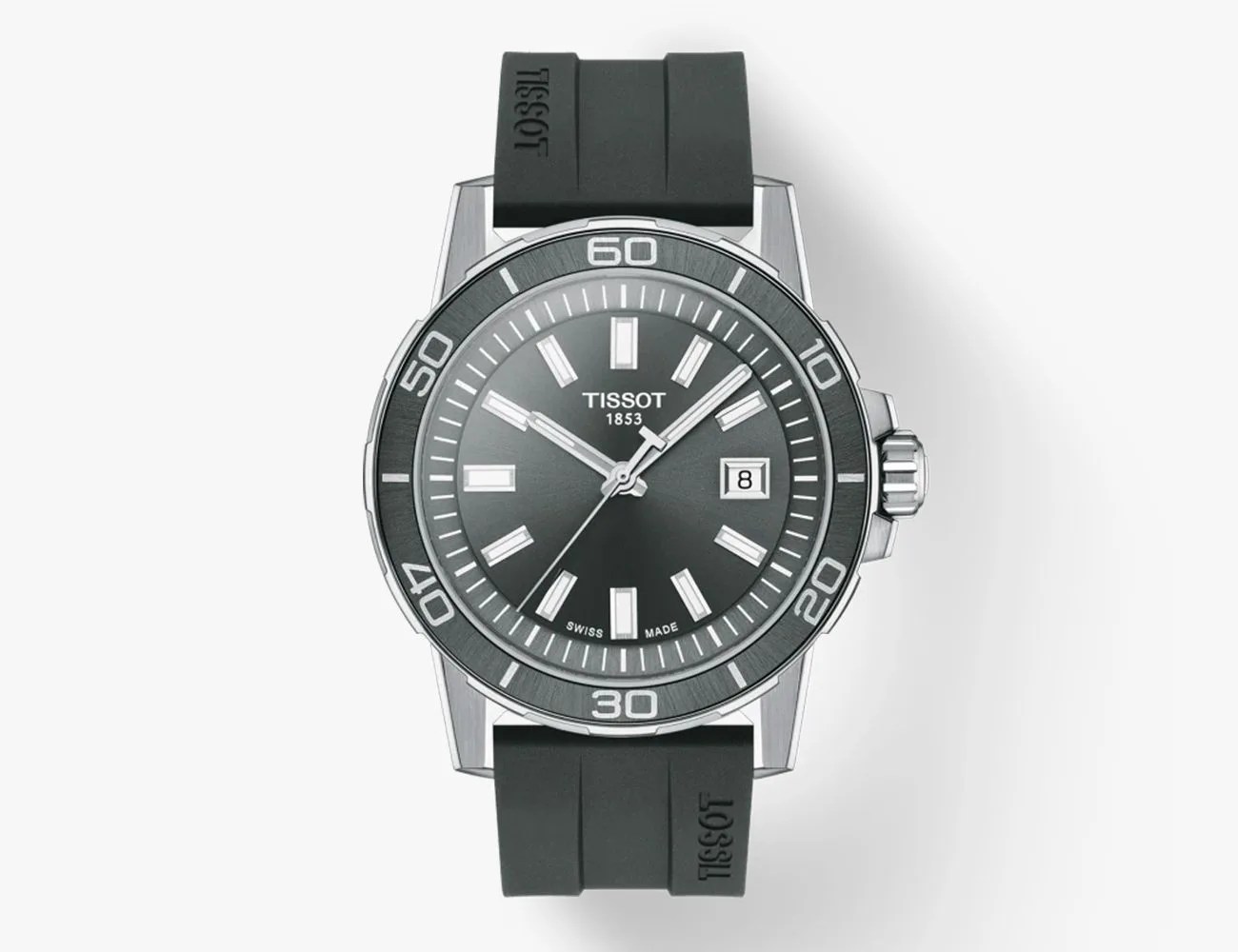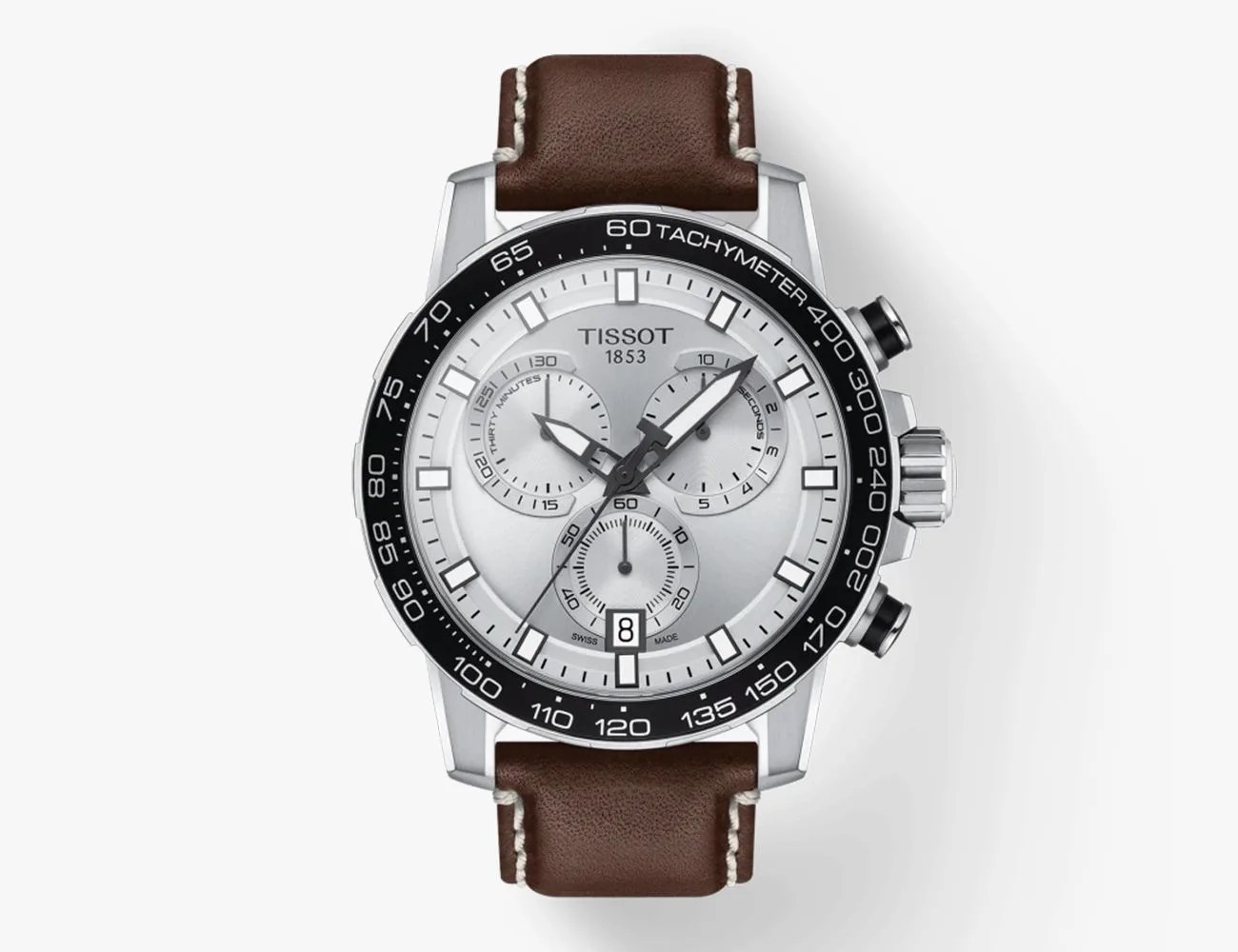A first Swiss watch is a milestone for many. It can be an expensive proposition, but it doesn’t have to be break-the-bank expensive. With a focus on offering an array of designs and price points, Tissot is a major player in the entry-level Swiss watch game that any new or veteran enthusiast should know.
Automatic watches starting under $700 and quartz versions of the same models at even more affordable prices make Tissot a slam dunk of a value proposition. You can even get a watch co-branded with your favorite NBA team, as Tissot is the official timing sponsor of the NBA among other sporting endeavors. The wide array of design and features means that almost everyone from watch collectors to Moto GP fans can find a watch in Tissot’s catalog to suit their needs — for not a crazy amount of scratch.
Founded in 1853 by father and son duo Charles-Felicien and Charles Emile-Tissot in Le Locle, the eponymous brand was a pioneer in many ways throughout the history of watchmaking. Charles-Emile, afraid that the skills of the artisans in Le Locle would be lost through time, stressed the importance of watchmaking schools to the Swiss government.
He was influential enough that he was appointed National Inspector. As part of his travels in this role, the Tissot brand becomes recognized throughout the world in cities such as Paris, Chicago, and Antwerp for their highly accurate pocket watches and their pioneering wristwatches worn by celebrities.
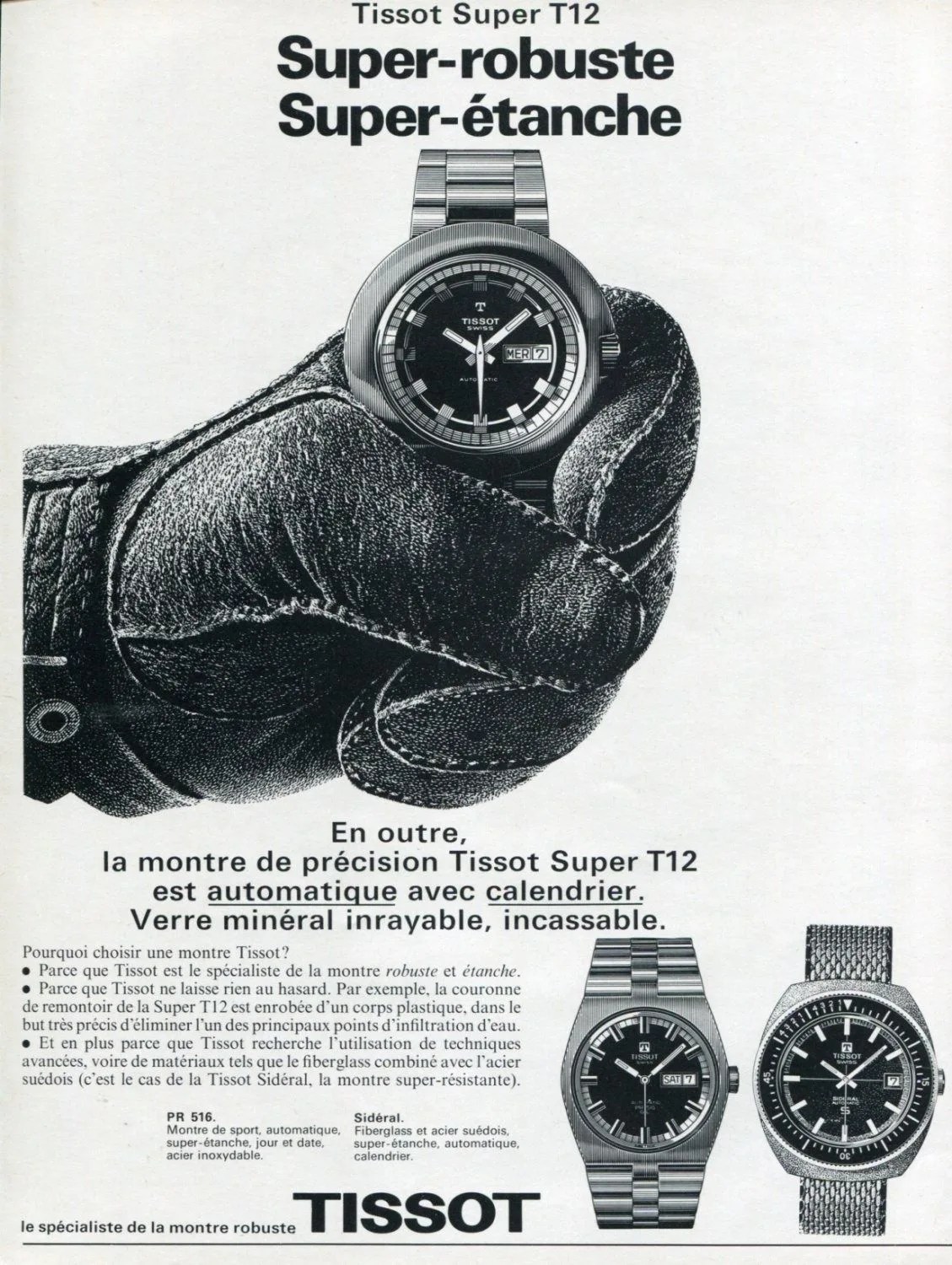
In the early 1900s, the family-owned brand worked to incorporate all aspects of watch production into one factory. This in-house manufacturing allowed for further innovation by the brand. As electricity became more commonplace, magnetism became more of an issue for watchmakers as this invisible force reduces the accuracy of mechanical watches. In response to this modern problem, Tissot created the first antimagnetic watch, something that has become even more important in the 21st century.
In addition to technical developments, Tissot has continued to evolve its design language, as well. From bright colors and unique case shapes in the 1970s to watches made from rock in the 1980s to the first tactile watch in the 1990s, technology and design are at the forefront of this brand. Today, Tissot is a subsidiary of the Swatch Group.
The 2010s and 2020s have been no different for Tissot. The launch of Swatch Group sister company ETA’s Powermatic 80 movement, which has 80 hours of power reserve, has brought the cost of entry for Swiss automatic wristwatches with premium features to new audiences. The recently released PRX models have also been an instant hit. The wide variety in the catalog should mean that there is something for nearly everyone.

